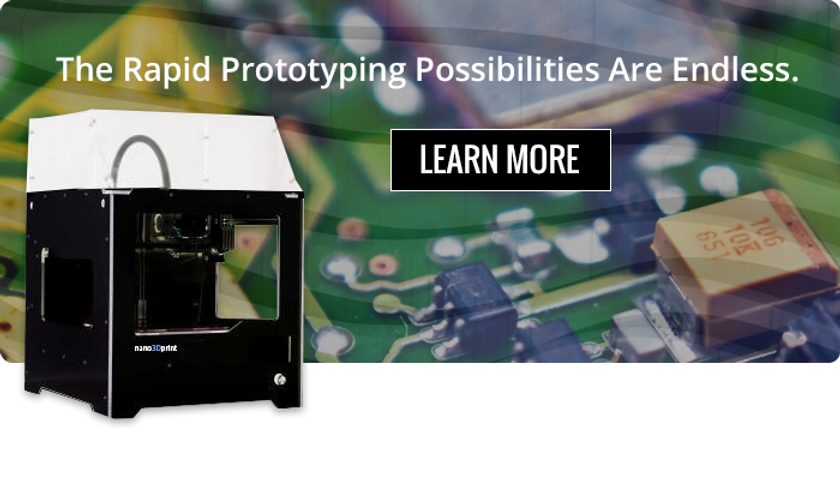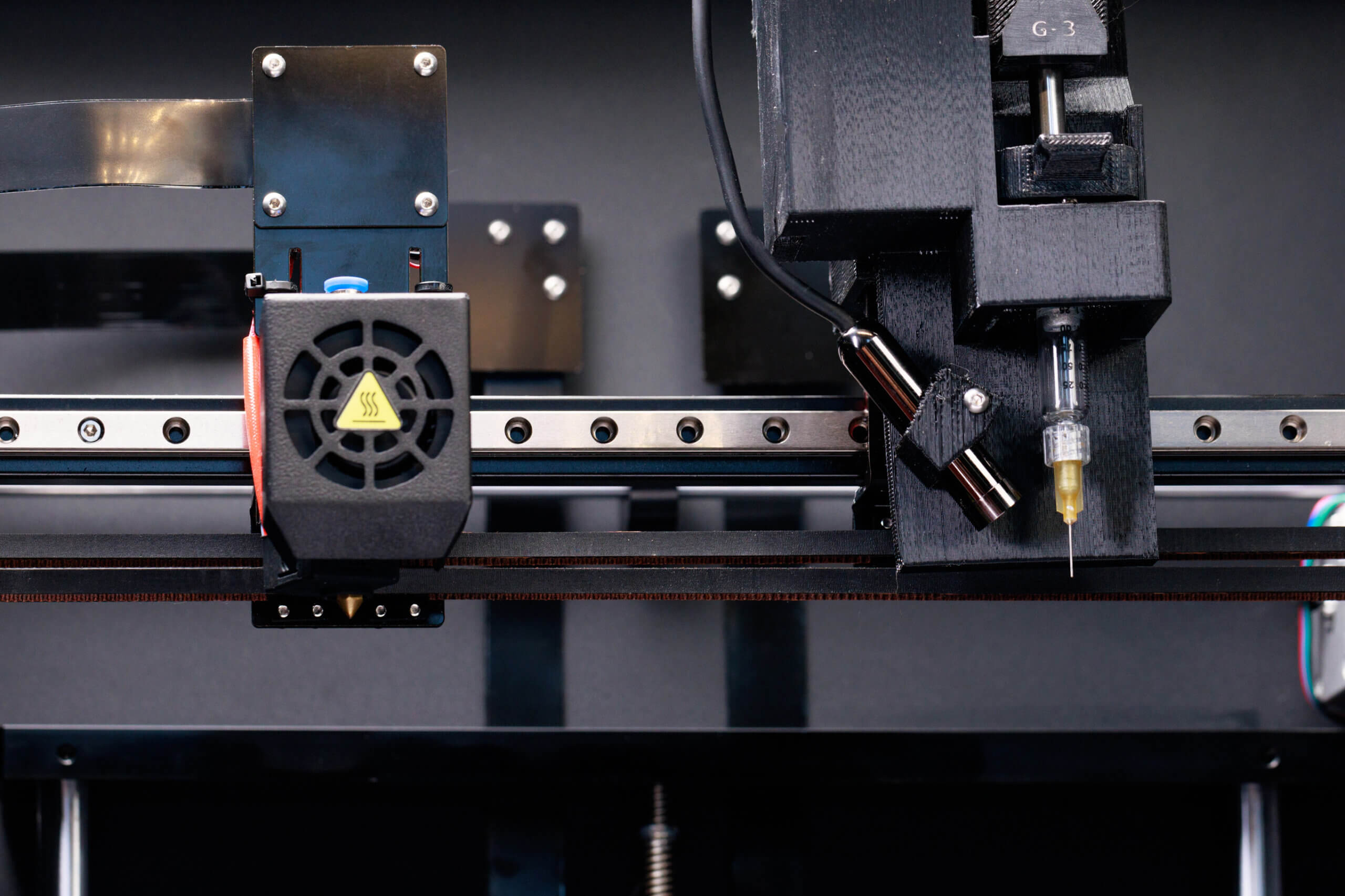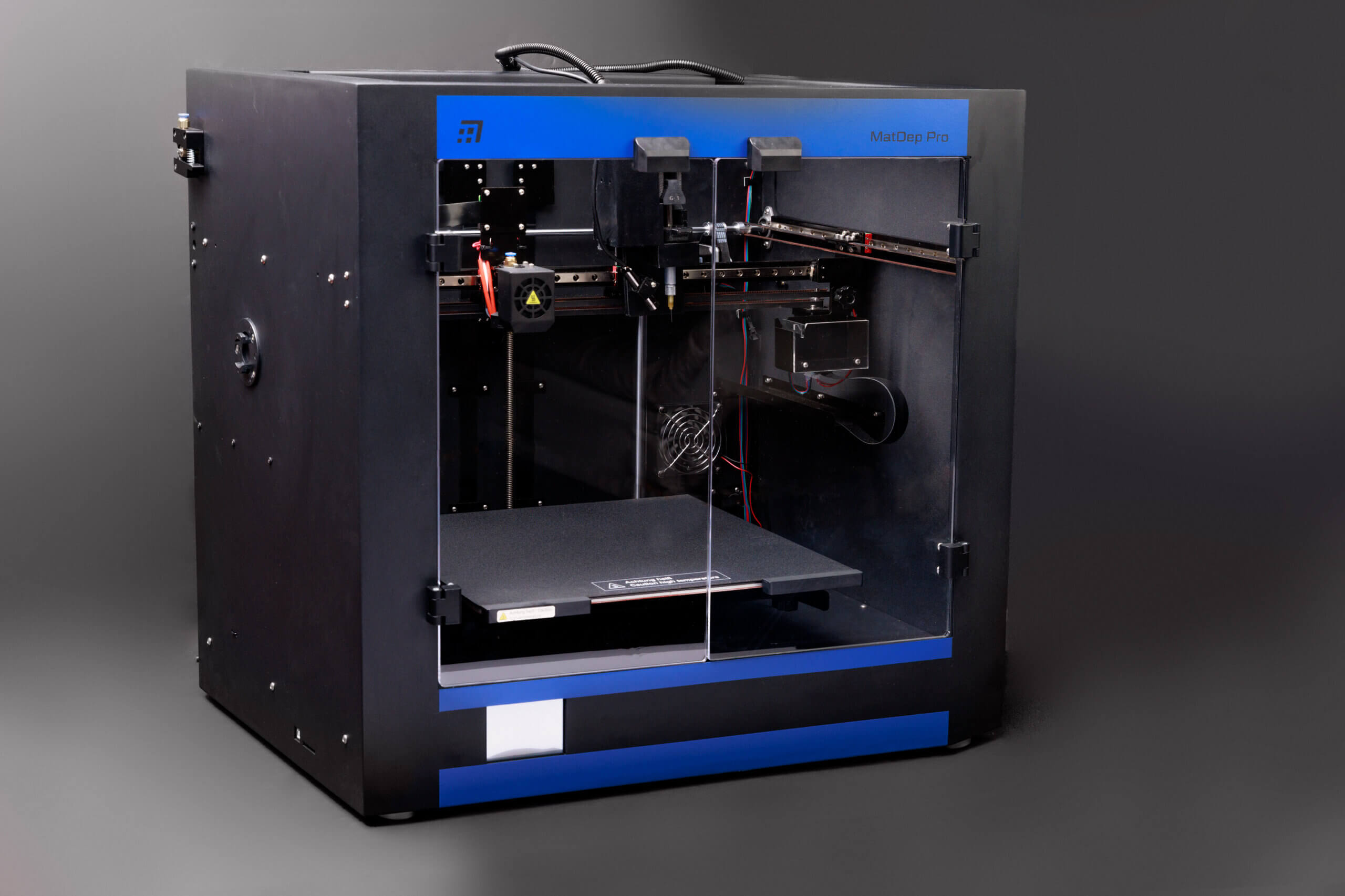What if you could 3D print complex objects that aren’t just re-hashes of common household helpers like a printed toothpaste squeezer or a door-holding latch? Don’t get us wrong, those items serve their purpose and are fun, but what really gets us excited here at Nano3Dprint are the strides being made in a wide array of verticals, including the automotive industry. What was once a “one day” pipedream, is quickly transitioning from idea to prototype to industry standard.
Visualize going to a car dealership and ordering up a custom car on a touch screen, with your exact specifications. Then you get to watch it come to life via additive manufacturing, or 3D printing. Sound a bit too farcical? 3D manufacturing has already changed the way we are thinking about car manufacturing on a cosmetic level. In this post we will be discussing some of the advancements which have already been made due to 3D technology, but also we will venture into some of the exciting automotive innovations on the horizon.
The First Handgun File Spread Like Wildfire
2013 was a watershed moment for additive manufacturing. A group called Defense Distributed uploaded the CAD (Computer Aided Design) for a 3D printable fully functional handgun to the internet. Soon after the files were taken down because of the potentially dangerous ramifications of such a powerful file being made public. In fact, the file got over 100,000 downloads in just the first two days-yikes. More generally, however, it was a harbinger of the manufacturing paradigm shift which was only beginning. Manufacturing, and humanity for that matter, will never be the same. This was only a spark in the fire that is fast becoming the debate about how 3D printing, private rights, and public safety all come together.
More Lightweight Car Parts
In a less controversial sphere, people are excited about what kind of 3D printing uses the automotive industry will develop. So far, the outcomes have been encouraging. 3D printed parts have already been incorporated in the manufacturing and implementation of some of the world’s most exotic cars. For example, in 2014 the 1,300-horsepower Koenigsegg One:1 “hypercar” became the first vehicle with an equal power to weight ratio. The hypercar had one horsepower for every kilogram it weighed. On the one hand, having an engine with that kind of power is an impressive feat in its own right, but the interesting part to us is how they made the rest of the vehicle so lightweight. The chassis, body, and seats are made of a fibrous carbon which cut weight significantly. But the best part is that the Swedish company 3D printed its exhaust end piece from titanium, rather than aluminum. It’s marginally lighter than steel, but significantly less expensive, which is why many major OEMs are making the switch to titanium exhaust pipes.

Printing Off Entire Dashboards
Glickenhaus’ SCG-003C (modestly priced at $2.35 million) also employed 3D manufacturing to enhance the cosmetics of their vehicle. If you were to step inside the 003, you would notice that is contains one very large air vent on the dashboard. This was the original air vent used in the 1960s Ferrari P4. Glickenhaus actually owned the Ferrari P4 in question, so they were able to reverse engineer it into a CAD, and then 3D print it out! That’s maybe not the most practical 3D printing use we can think of, but it certainly is an entertaining one!
The First Printed Vehicle
Let’s turn it up a notch, shall we? In 2010 a bit of a surprise showed up at a SEMA show in Las Vegas; a Canadian built prototype called the Urbee. Manufactured independently by a group in Winnipeg, Manitoba, the Urbee remarkably got 300 miles to the gallon. That isn’t necessarily better than its competition, but the interesting part was how the Urbee achieved such results. The Urbee was unique in that its streamlined body was made completely of 3D printed ABS plastic, which made it the world’s first printed car! The Urbee 2 is currently still in the pre-production phase, but there are plans to have the next generation take a trip from San Fransisco to New York on just ten gallons of fuel. The plan is to make the trip go “viral” enough to fully fund (via crowdsourcing) the Urbee 2 into production.
The Strati
Remember when we talked about having to visualize the idea of digitally customizing your own 3D printed car and then watching it get 3D manufactured while you are at the dealership? Well, some of that already exists. The Strati is its own kind of 3D printed car. Based in Detroit, the company Local Motors has printed the Strati from carbon-fiber-reinforced plastic, which is a strong and inexpensive material. The Strati has even integrated everything that can be printed onto a singular material piece.
Advances in Safety
Because of the layered nature of additive manufacturing, Local Motors can embed energy-absorbing crash structures or extremely strong seat-belt mounts which are anchored deeply in the body of the vehicle. Hence it could significantly impact the way we think about car safety, potentially reducing mortality and injury rates worldwide. And from an economic perspective, if someone managed to completely total their “tub”, one could unbolt the motor and suspension from the tub, and hypothetically melt the car down and promptly print a new one. Easy fix!
Just Getting Started
We hope you’ve enjoyed our preliminary entry into the vast field of the automotive industry and 3d prototyping. It is certainly fascinating to us to see just how much 3D printing has impact various verticals across the board. In part two of this exploration, we will dive more deeply into more recent automotive advances, specifically regarding electronic printing. If you are interested in enlisting the services of us at Nano3Dprint, please don’t hesitate to get in touch with us! We would love to talk through any ideas, projects, or needs you may have.




